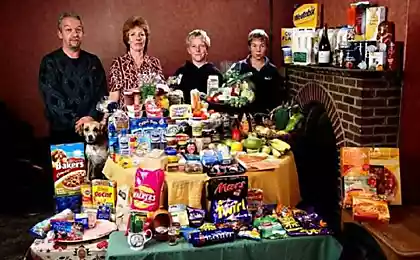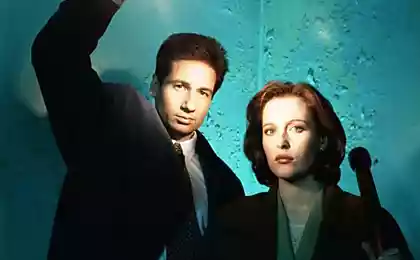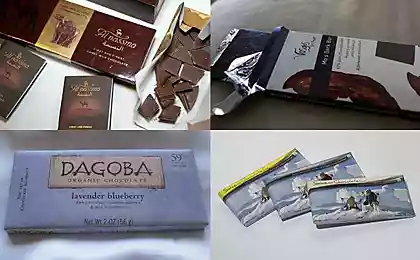208
When a family remembers the nineties, it dreams of such things first.
I was sitting at the dinner table with my family and remembering the past. Somehow unnoticed parents touched on the topic of restructuring. And, of course, nineties It was all there was to remember. After all, the life of a huge number of people at this time was divided into “before” and “after”. What would you buy if you were back in that beautiful time, when the taste of gum and chocolate was especially vivid? Remember the color and aroma of that Yupi powdered drink? Fantics of chewing gum "Helen and Friends"? Mushroom noodle "Mivin"?

The nineties can be remembered endlessly, and they will be both sad and pleasant memories. During the perestroika, many of the familiar favorite things simply disappeared. The collapse of the Soviet Union led to the closure of a huge number of enterprises. These enterprises provided the population of what was once a huge country with all the necessary goods. Many products and products are still in the memory of the generation that found them. I asked my family to play an interesting game, to plunge into their memories and answer the question, “What would they buy back in childhood?”
About the nineties Everyone began to remember his carefree childhood. Someone remembered his favorite toys. Someone again wanted a cake "Chess" and lemonade "Buratino". And someone remembered the summer heat and a large barrel of kvass in the square. Dad remembered how he bought the first film camera soapbox and could take color photos. Grandma told how she dreamed about a home phone that was so convenient to press. My brother and I even missed Dandy's favorite console and Tetris. After all, no modern tablet or smartphone will not replace the excitement when Tetris first appears in your hands. And the appearance of the first VCR and the first tapes in the house meant that now you have your own personal theater.
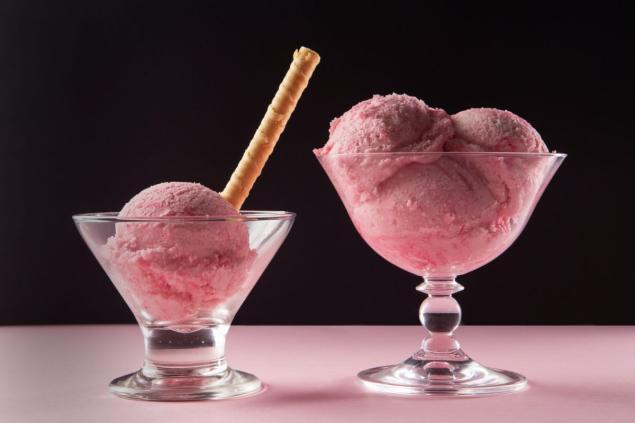
“Everyone has a carefree childhood, only until the nineties it was with a filling flavor,” said my mother. And indeed, the Soviet seal was special. Its delicate creamy taste will forever remain in the memory of those who tried it. Now there is no such seal as do not look for. There are no natural ingredients and the cooking technology is completely different. An easy reminder of that Soviet seal remained only in McDonald’s fast food restaurants. Why is it there? I'll talk about that today.

Until 1932, there was almost no ice cream in the USSR. It was considered a bourgeois product, and of course it was inaccessible to the masses. And there were no factories in the vast country ready to produce ice cream in large volumes. But everything changed in 1936 thanks to Anastas Mikoyan, the People’s Commissar for Food of the USSR. He had a working visit to America to exchange experience. Returning from there, he set before his subordinates the main and, at that time, unsolvable task: “To make ice cream a product of mass consumption at affordable prices.”

At that time, the United States produced 600 tons of ice cream per year, and the USSR only eight. And since there was already a rivalry between the two countries, it was necessary to increase the production of ice cream as soon as possible. Every resident of the country had to eat at least five kilograms of ice cream per year. Mikoyan brought from America not only the idea of ice cream production. In November 1937, the first enterprise for the production of ice cream by recipe and equipment of America was launched in the USSR. In 1941, GOST 117-41 was introduced, which determined the quality of ice cream.

But the real popularity of the seal gained only after the war. GOST worked very hard. Each batch of ice cream was checked for matching taste, color, structure. The shelf life of that ice cream was only a week, because it was made from selected natural products. And it cost nothing and every Soviet citizen could afford to buy it. Plants for the production of ice cream became more and more, the consumption of the product grew and the USSR took second place, after America, in terms of consumption.
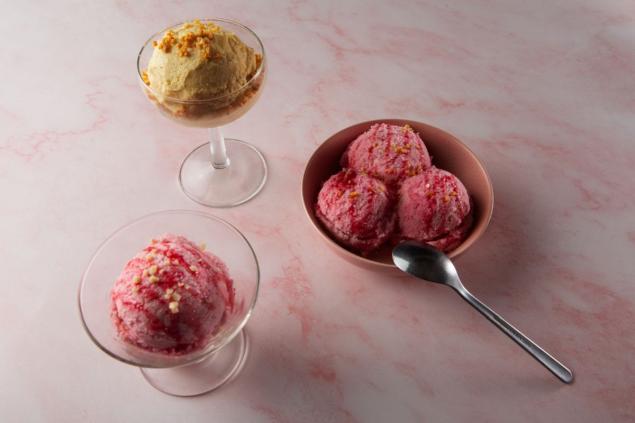
nineties And for every child and adult, it was a real pleasure to eat a serving of delicious cool filling or an Eskimo on a stick. By the way, the first Eskimo was made by hand and sold only in Moscow. Each portion was carefully wrapped in paper, and the stick was placed next to it. And when special equipment appeared in 1947, the release of the Eskimo became mass. And then the stick was inside the ice cream. What would you buy if you could go back to your childhood? Write in the comments your childhood memories.

The nineties can be remembered endlessly, and they will be both sad and pleasant memories. During the perestroika, many of the familiar favorite things simply disappeared. The collapse of the Soviet Union led to the closure of a huge number of enterprises. These enterprises provided the population of what was once a huge country with all the necessary goods. Many products and products are still in the memory of the generation that found them. I asked my family to play an interesting game, to plunge into their memories and answer the question, “What would they buy back in childhood?”
About the nineties Everyone began to remember his carefree childhood. Someone remembered his favorite toys. Someone again wanted a cake "Chess" and lemonade "Buratino". And someone remembered the summer heat and a large barrel of kvass in the square. Dad remembered how he bought the first film camera soapbox and could take color photos. Grandma told how she dreamed about a home phone that was so convenient to press. My brother and I even missed Dandy's favorite console and Tetris. After all, no modern tablet or smartphone will not replace the excitement when Tetris first appears in your hands. And the appearance of the first VCR and the first tapes in the house meant that now you have your own personal theater.

“Everyone has a carefree childhood, only until the nineties it was with a filling flavor,” said my mother. And indeed, the Soviet seal was special. Its delicate creamy taste will forever remain in the memory of those who tried it. Now there is no such seal as do not look for. There are no natural ingredients and the cooking technology is completely different. An easy reminder of that Soviet seal remained only in McDonald’s fast food restaurants. Why is it there? I'll talk about that today.

Until 1932, there was almost no ice cream in the USSR. It was considered a bourgeois product, and of course it was inaccessible to the masses. And there were no factories in the vast country ready to produce ice cream in large volumes. But everything changed in 1936 thanks to Anastas Mikoyan, the People’s Commissar for Food of the USSR. He had a working visit to America to exchange experience. Returning from there, he set before his subordinates the main and, at that time, unsolvable task: “To make ice cream a product of mass consumption at affordable prices.”

At that time, the United States produced 600 tons of ice cream per year, and the USSR only eight. And since there was already a rivalry between the two countries, it was necessary to increase the production of ice cream as soon as possible. Every resident of the country had to eat at least five kilograms of ice cream per year. Mikoyan brought from America not only the idea of ice cream production. In November 1937, the first enterprise for the production of ice cream by recipe and equipment of America was launched in the USSR. In 1941, GOST 117-41 was introduced, which determined the quality of ice cream.

But the real popularity of the seal gained only after the war. GOST worked very hard. Each batch of ice cream was checked for matching taste, color, structure. The shelf life of that ice cream was only a week, because it was made from selected natural products. And it cost nothing and every Soviet citizen could afford to buy it. Plants for the production of ice cream became more and more, the consumption of the product grew and the USSR took second place, after America, in terms of consumption.

nineties And for every child and adult, it was a real pleasure to eat a serving of delicious cool filling or an Eskimo on a stick. By the way, the first Eskimo was made by hand and sold only in Moscow. Each portion was carefully wrapped in paper, and the stick was placed next to it. And when special equipment appeared in 1947, the release of the Eskimo became mass. And then the stick was inside the ice cream. What would you buy if you could go back to your childhood? Write in the comments your childhood memories.
Why people are longing for the Soviet past and covered with nostalgia
I recently got a call from my father in Canada and was stunned by an unexpected offer, I don’t know what to think.


















